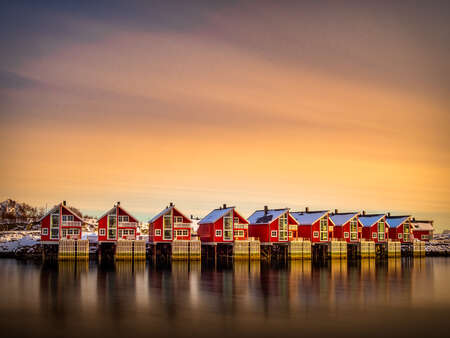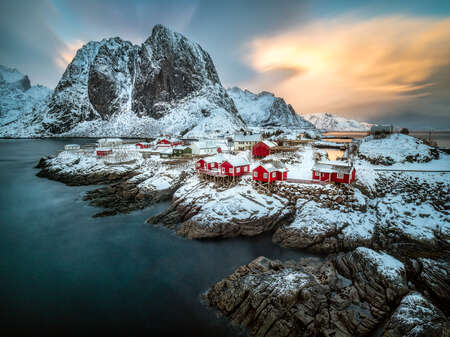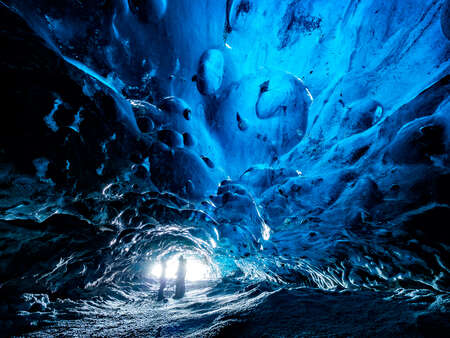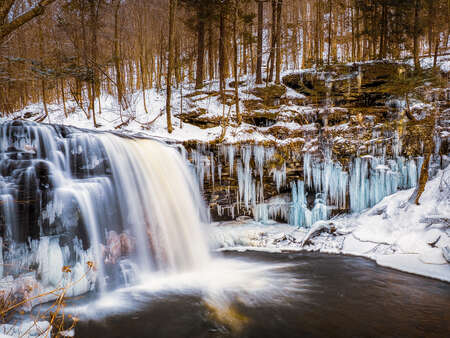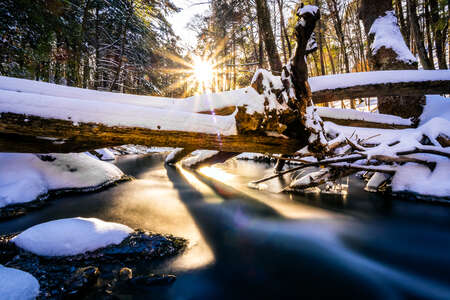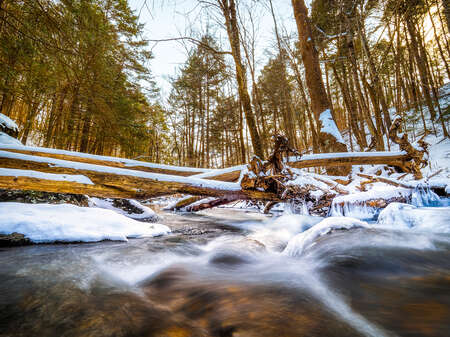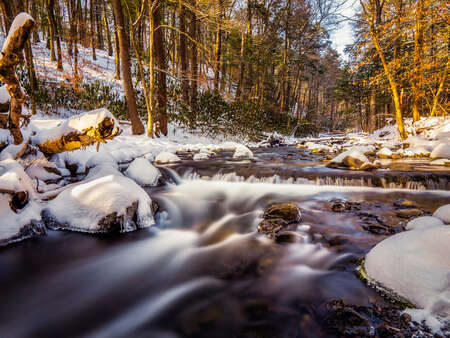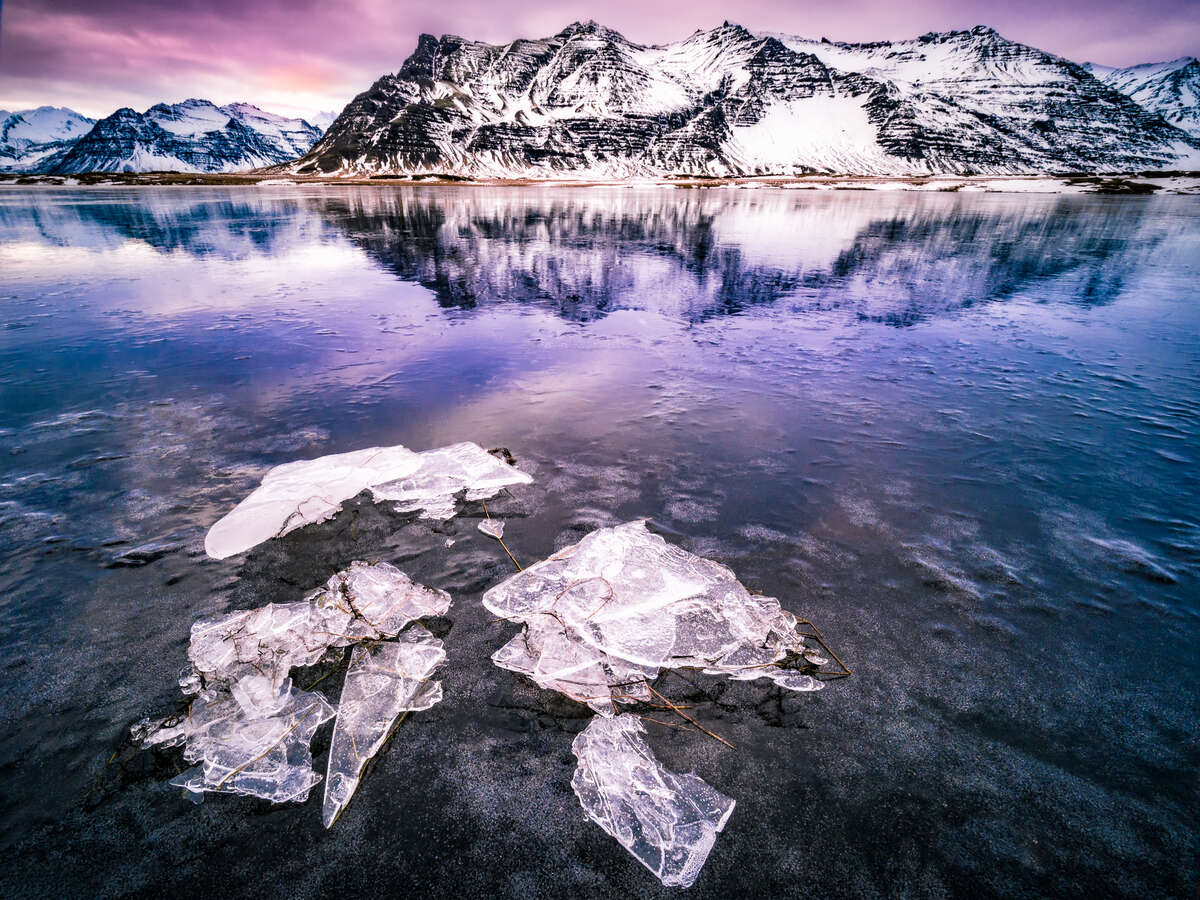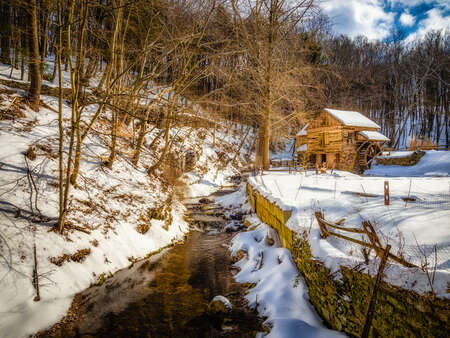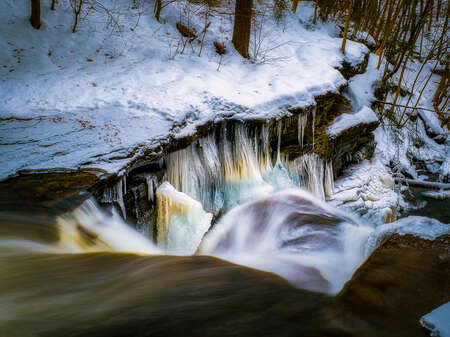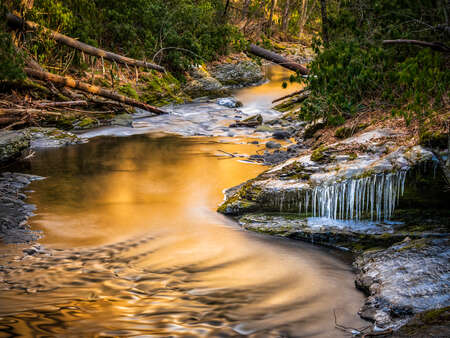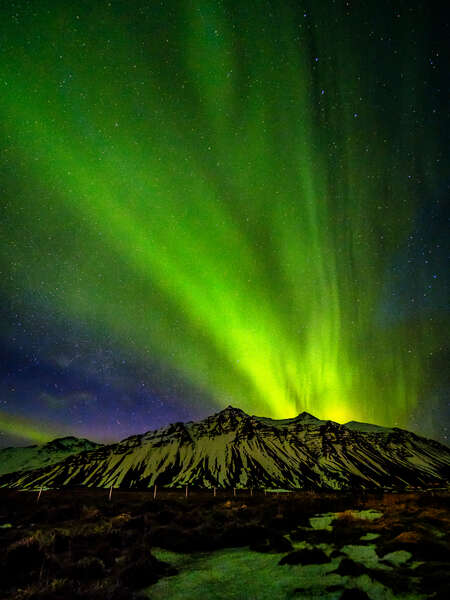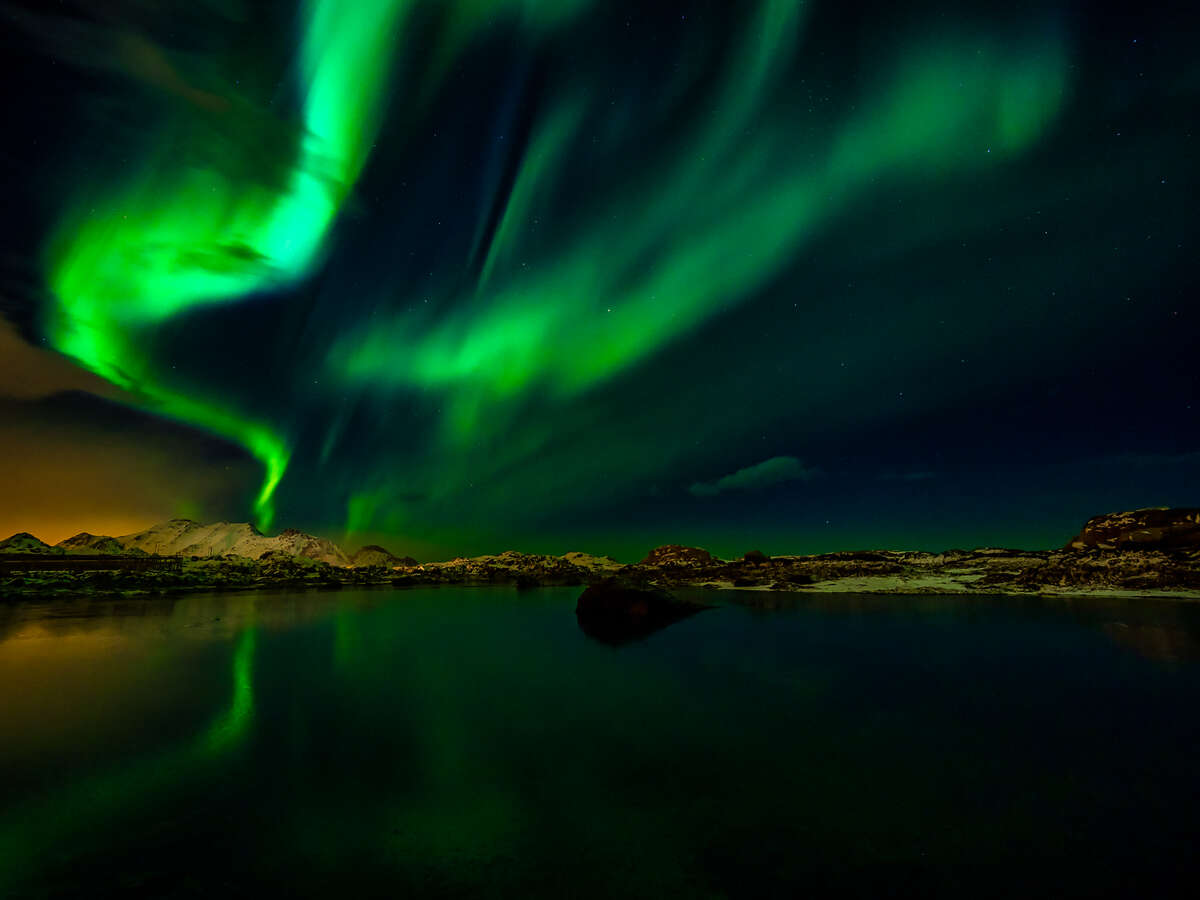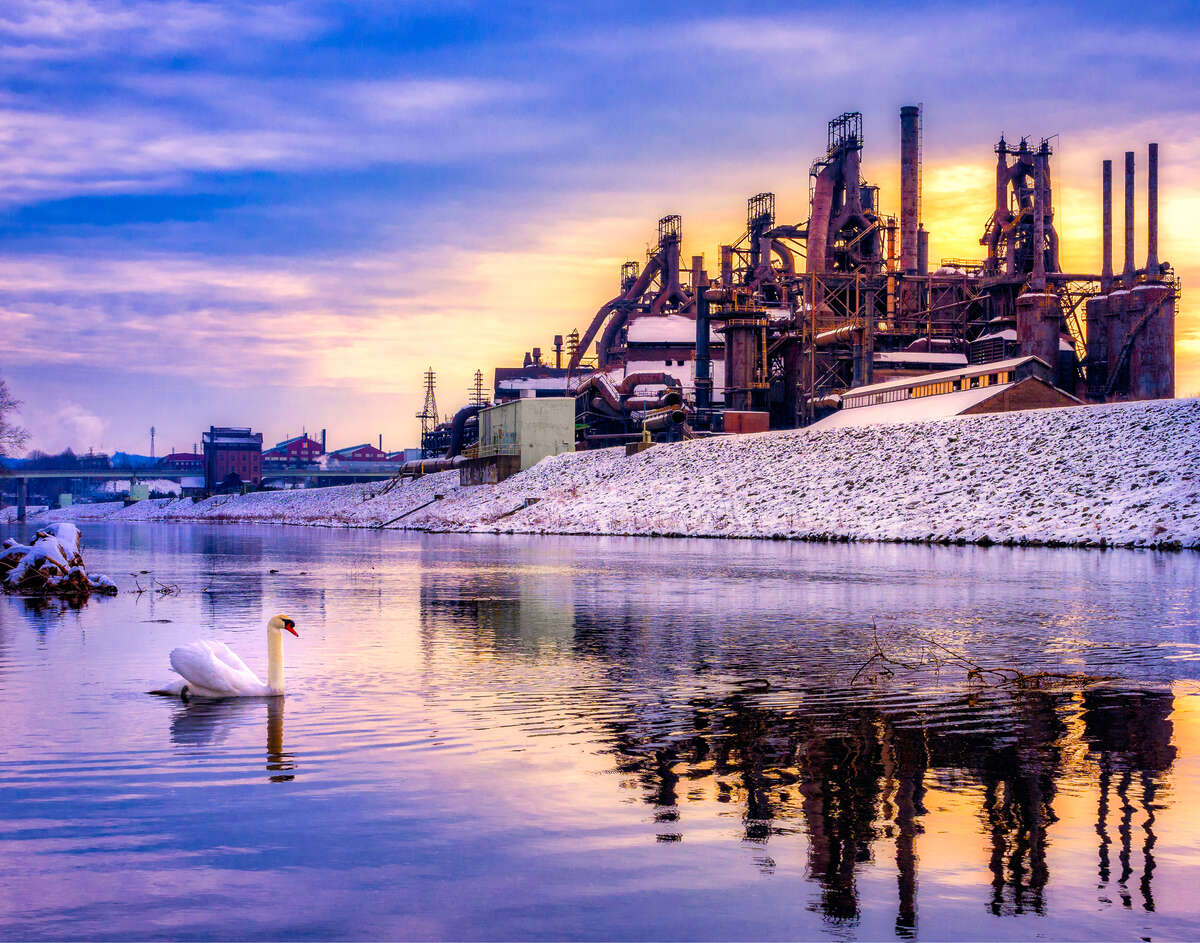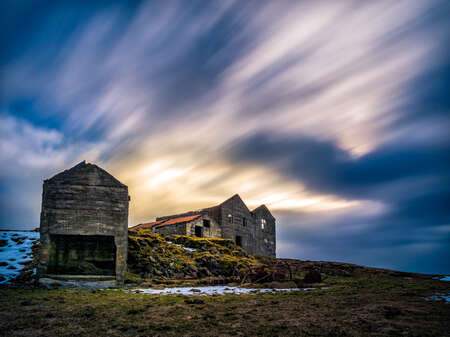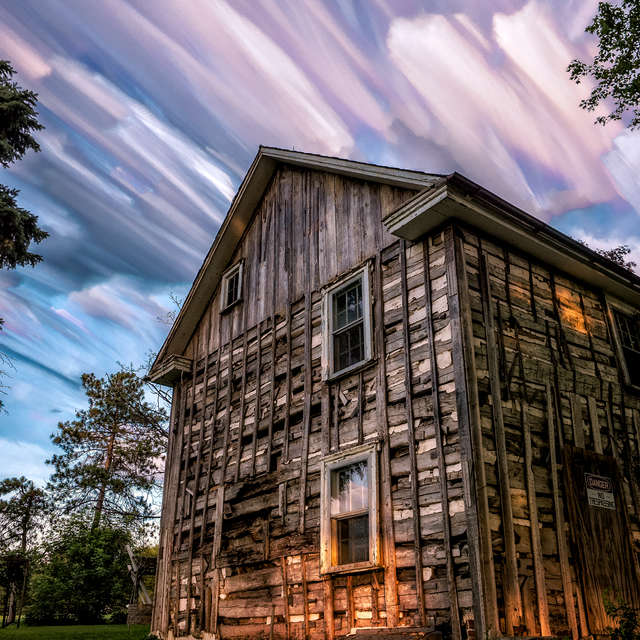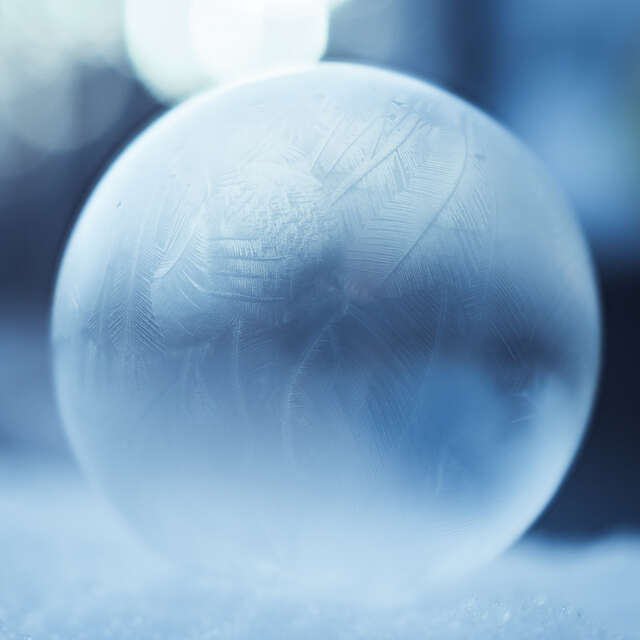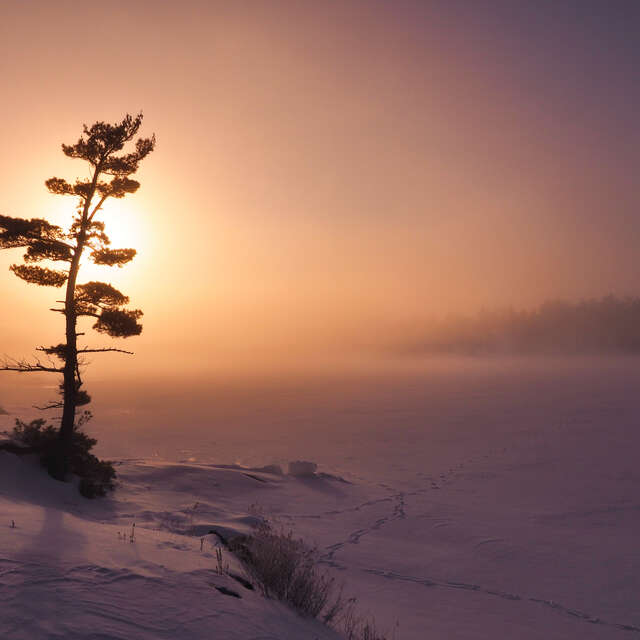Winter photography is a favorite of mine. Whether it is where you live or where you decide to travel, photographing in the winter does not always appeal to everyone and yet there are so many amazing opportunities. Because of this I wanted to share in this article how I adapt for the winter season, location by location to nature as it changes.
Cold weather can sometimes be a deterrent and depending on where you are, can also sometimes require you to look beyond the fallen leaves. I live in the northeast and we definitely have 4 seasons for photography. I have learned to find treasures in every season.
And with each season, you have to adapt. What winter photography requires is proper gear. That includes, dressing in layers, planning for waterproofing yourself and your gear and being sure to let someone know where and when you are headed out (and expected to return). Checking the weather is also important as temperatures can impact your shoot (positively).
I have been fortunate to capture winter scenes both locally and internationally. This includes the great waterfalls of Pennsylvania, ice caves and glaciers in Iceland and the fishing villages of Norway with the bright red buildings in the landscape.
Consider the same shot different times of day (and over a period of years)
Find a location and a composition that you like. If it is within a relatively close proximity- make multiple trips back to the same site. Different times of day over multiple years can produce different images. And, while you are there, for a bonus shot, remember to look over your shoulder. In these particular instances I used a tripod because I wanted to slow the water to create the dreamy effect. I also wanted to make sure all of the non-moving parts of the scene would be tack sharp. Hence the reason I am using a tripod. Also, in order to use a long exposure you have to introduce a neutral density filter to slow the shutter speed.
Composition layers (foreground, mid-ground and background)
For me an important element for successful winter landscape imagery is the composition. As part of the composition, when appropriate, I try to look for images with layers (foreground, mid-ground and background). What first caught my eye with this image was the beautiful reflections in the frozen body of water. However, I knew in order to make the image more compelling I needed a foreground element and that is when I found these chunks of ice. So as I worked the image, I used the ice as my foreground, the reflection in the frozen lake as my mid ground and the mountains as my background. To further enhance the image, I added a ten-stop neutral density filter so that the clouds would become more soft and colorful by using a 60 second exposure.
Finding the right vantage point.
Identify your primary subject. When I am shooting, I scout the area to see what stands out and what I want as my primary subject. For this particular scene, I wanted the mill to be the primary subject. From there, I look around for good compositional attributes to portray the image I am hoping to capture. This requires me to move around using my eyes and my feet. In this example, my first attempt was to utilize the stream hoping that it would act as the leading line to the subject. I felt like there were too many competing foreground elements. I moved closer to the mill and saw the reflection in the pond. Which for me, made for a much stronger image and I was able to incorporate the beautiful mill reflection in the pond.
Colors, textures and patterns
Winter scenes often conceal hidden gems. Although I may be drawn to the broader landscape image, finding smaller vignettes sometimes produce the best opportunities. In this particular example I was originally taking a picture of the larger scene and then noticed the beautiful colors in the ice formations above the waterfalls. In taking the image, I used a slow shutter speed which helps to accentuate the colors and the flowing water. Another example of colors and textures (and again moving to a different vantage point), When I first saw this image, I saw the ice formation and a pale body of gray water. I knew that that if I moved and slowed the water (by taking a 20 second exposure), I would capture the sun’s reflection. In the final product - I was able to capture the beautiful gold colors in this image.
Northern Lights (Aurora Borealis)
A fun winter image to photograph is always the northern lights. The northern lights are typically seen during the winter in the northern hemisphere.
A couple of locations that I have had great success in capturing the lights are in Norway and Iceland. When you first start to see them you should immediately look for good compositions. My most successful images incorporate an element that allows for the reflection of the lights. One of the things I enjoy is that the lights dance. Because they dance it creates some technical challenges.
- First of all you want to make sure you are using a tripod and I will typically focus on a mid-ground or a star in the sky to get the correct focus.
- The starry sky feature (AF) in my camera makes the ability to capture the image that much easier.
- I have learned over the years my best results are when I keep my exposure time between 6 and 8 seconds. The reason I try not to exceed 8 seconds is because the lights move too much and it can create a blurred effect.
- I strongly suggest shooting in RAW. The reason for this is that I can correct the white balance in my post processing to reflect the way my eye saw the scene.
- A few other technical notes I generally shoot with a wild angle lens, my aperture is as wide open as possible and I allow the camera to determine my ISO.
The Bonus Shot
Staying close to home and exploring local trails is an easy alternative and sometimes, it can also be the bonus shot! I have photographed the Bethlehem Steel site for many years- all different angles, inside and out.
On a cold winter hike, I walked down a trail to scope out the composition of the stacks for a shot. As I was considering various options, a beautiful swan came into the shot. I call this a bonus. I am intrigued by architectural ruins and having lived in the Bethlehem for most of my life, the Bethlehem Steel plant was part of the history. The structures remain the same and yet this swan added a whole new dynamic to my shot.
Been there done that is not a rule I follow- and guess what, the image below is exactly why.
Winter photography can be spectacular. It requires proper gear and proper planning in order to patiently capture nature. Dress for the day, pack the right gear and remember to stay safe let others know where you are going… consider dropping a location pin(gps).
ABOUT FRANK SMITH
Web: franksmithphotos.com
Instagram: @Franktaylorsmith
Frank Smith is a self-taught photographer whose love for the craft goes back to a very early age. Decades later, Frank’s passion for photography has yet to fade as his skills continue to evolve. A native Northeasterner, Frank often focuses his lens on regional and local scenery including the Pocono Mountains and the historical sites of Bethlehem, Pennsylvania. His raw travel and philanthropic photojournalism covers global themes, shedding light on cultural issues such as regional corruption in areas including South Sudan and Haiti.
